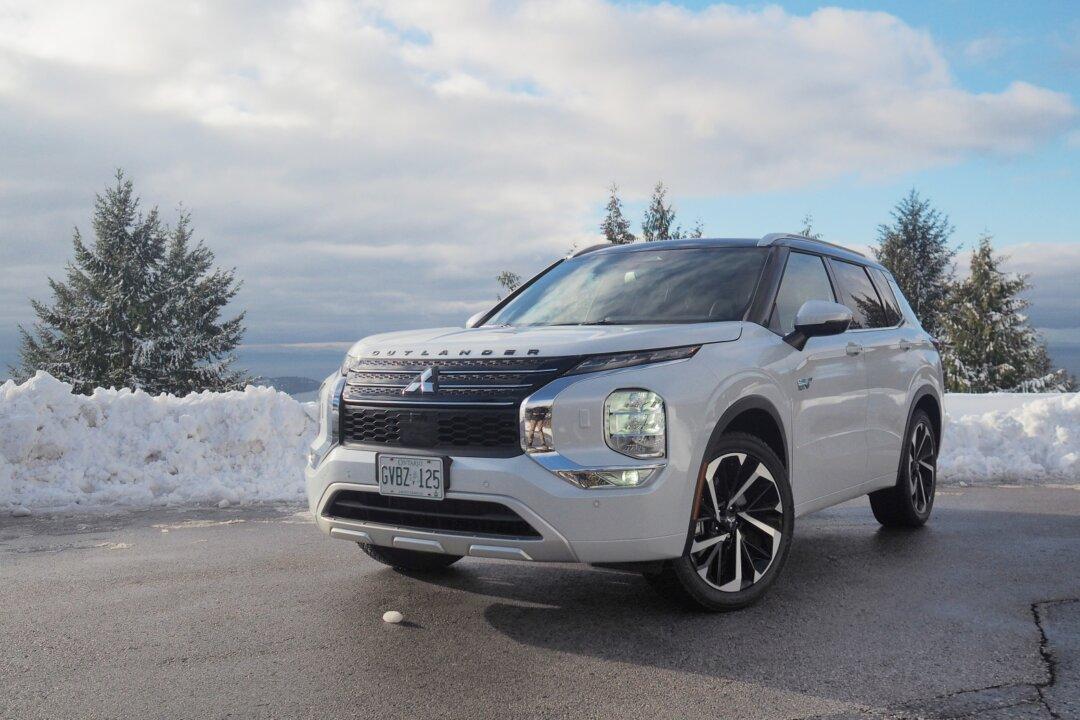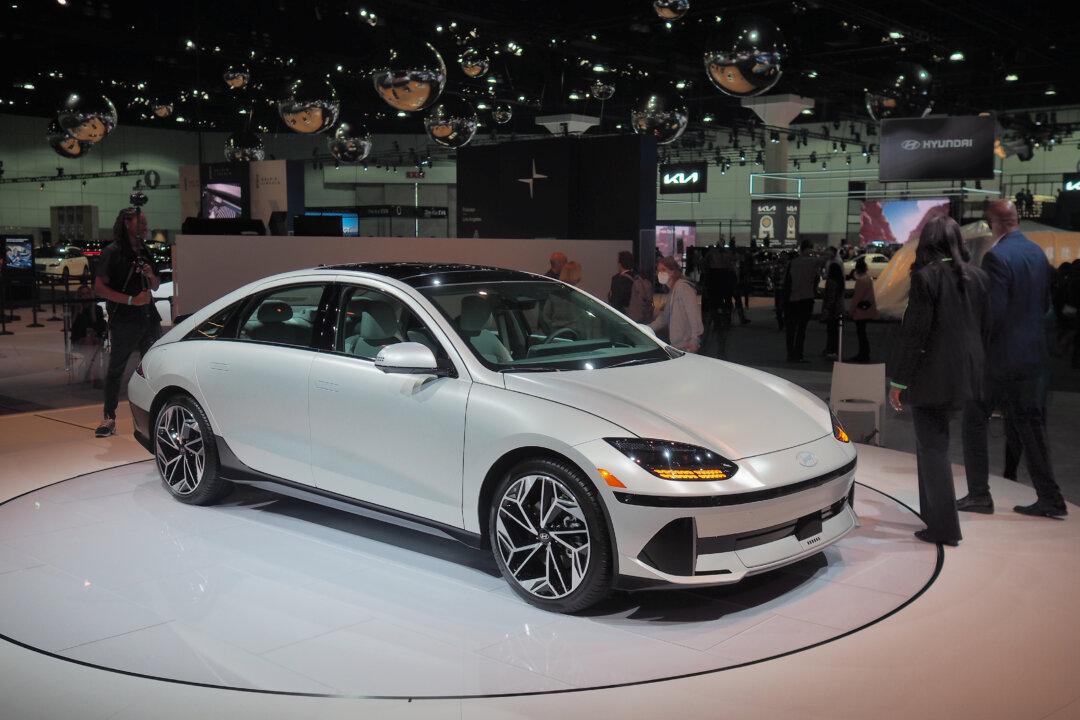Adjectives describing the Hyundai Elantra often include safe and successful–the latest version was awarded a Top Safety Pick+ from the Insurance Institute for Highway Safety, and has sold over 40,000 units so far this year, representing over 25 percent of the Korean manufacturer’s sales.
But sporty? That’s something it hasn’t deservedly been called until now.
A brand new model, the 2017 Hyundai Elantra Sport, is being released later this fall, and is billed as the most powerful and dynamic version of the compact car ever made.
The Sport would not be possible without the underlying sixth generation chassis, built upon a “superstructure” comprised of 21 percent more high-strength steel than before, explained Ken Maisonville, national manager of product strategy.





